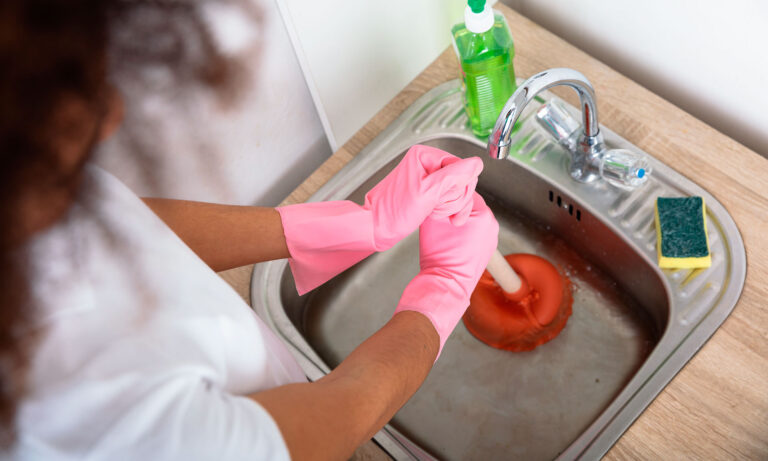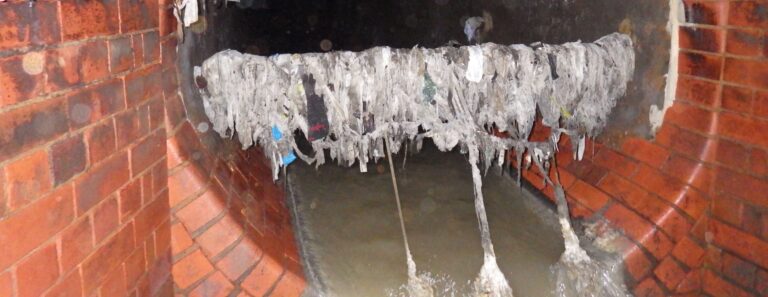When we think about indoor air quality, plumbing might not be the first thing that comes to mind. However, the condition of your plumbing system can play a significant role in the air you breathe within your home. In this article, we’ll explore the often-overlooked connection between plumbing and indoor air quality, shedding light on how the two are intertwined.
- Mould and Mildew: The Unseen Culprits:
- Leaks or water damage within your plumbing can create a breeding ground for mould and mildew. As these fungi thrive in damp environments, they release spores into the air, potentially causing respiratory issues and compromising indoor air quality.
- Sewer Gases and Ventilation:
- Proper ventilation is crucial in plumbing systems to ensure that sewer gases are safely carried away. Inadequate ventilation can lead to the escape of unpleasant and harmful gases, negatively impacting indoor air quality.
- Volatile Organic Compounds (VOCs) in Water:
- Plumbing materials and water treatment chemicals can introduce volatile organic compounds (VOCs) into your water supply. These compounds can evaporate into the air, contributing to poor indoor air quality and potential health concerns.
- Lead and Copper Contamination:
- Outdated plumbing systems may contain pipes made of lead or copper. Corrosion or degradation of these materials can result in the release of harmful particles into your water, affecting both water quality and indoor air.
- P-traps and Drain Odours:
- The water-filled P-traps in plumbing fixtures act as a barrier, preventing sewer odours from entering your home. Dry or malfunctioning P-traps can allow unpleasant odours to permeate indoor spaces, affecting the overall air quality.
- Humidity Control:
- Plumbing issues such as leaks can contribute to increased humidity levels in your home. Elevated humidity provides an ideal environment for mould growth and can make the indoor air feel stuffy, affecting the comfort and health of occupants.
- Waterborne Bacteria:
- Stagnant water in pipes or fixtures can become a breeding ground for bacteria. When taps are turned on, these bacteria can be released into the air as aerosols, potentially compromising indoor air quality.
- Preventive Maintenance and IAQ:
- Regular inspections and preventive maintenance of your plumbing system are essential not only for preventing leaks and blockages but also for safeguarding indoor air quality. Timely repairs and replacements can mitigate potential air quality issues.
Conclusion:
The connection between plumbing and indoor air quality is a nuanced but crucial aspect of maintaining a healthy home environment. Awareness of potential issues, regular maintenance, and addressing plumbing concerns promptly can contribute to better indoor air quality. By understanding this interplay, homeowners can take proactive measures to ensure that their plumbing system not only functions optimally but also supports a breathable and healthy indoor atmosphere for all occupants.

